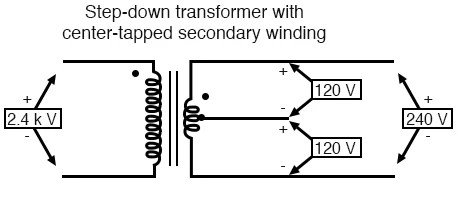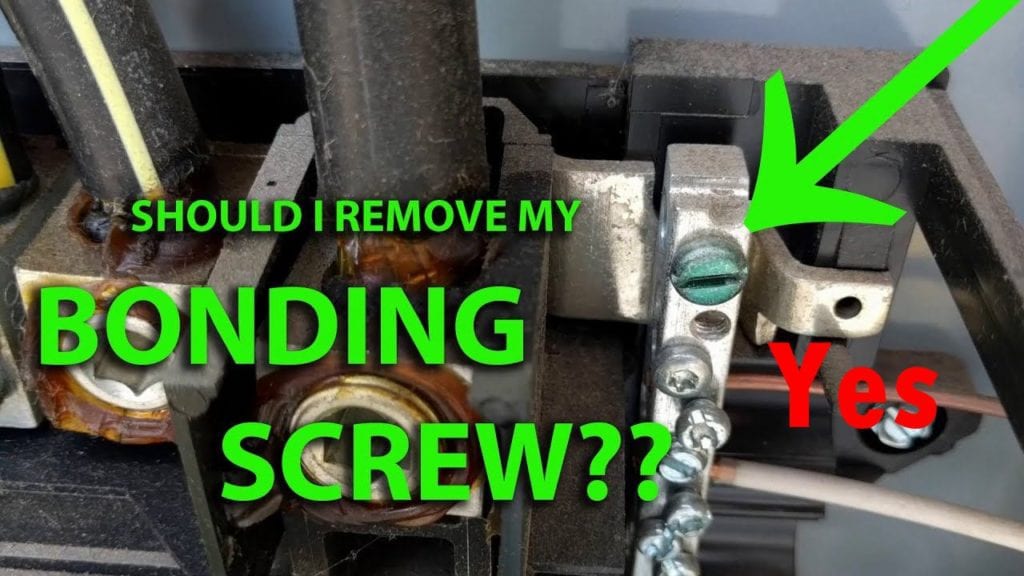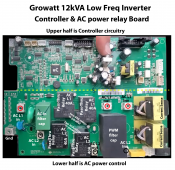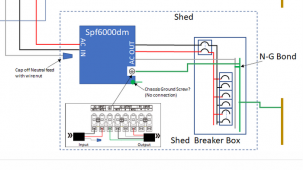I've noticed that in Solar Assistant as well. It only records like 40-60 watts trickling into the battery when in passthrough mode. If you set it to utility charging, it notes whatever you set the utility charging amperage to. I wish it would say what the draw was in grid mode since that would be pretty useful information. I get your concern about whether that's a deficiency in the growatt itself or a missing feature in the SA software. You want to think these things are designed with all contingencies in mine but you never know.Filterguy and I have talked extensively, and I feel safe with the wiring diagram he recommended. Filterguy did say that if I posted the wiring diagram online to expect some backlash, so it was not posted publicly.
For what it is worth, the shop system with the growatt 6k, is now connected to the grid. It does switch over to grid bypass when the batteries reach ~30%soc and back to pv/battery power when soc reaches ~50% without issue.
ONe thing that concerns me in regards to sigsolar stating " ... The inverter has a current sensor on each leg for the protection. ... ", in regards to internal transformer protection when bypassing grid power, is that when the growatt 6k is bypassing grid to the shop, Solar Assistant does not report any usage of grid power. So yeah, I'm not so sure the growatt has any ct sensors monitoring grid bypass current.
I'd be interested to see your wiring diagram if you're willing to share it.







